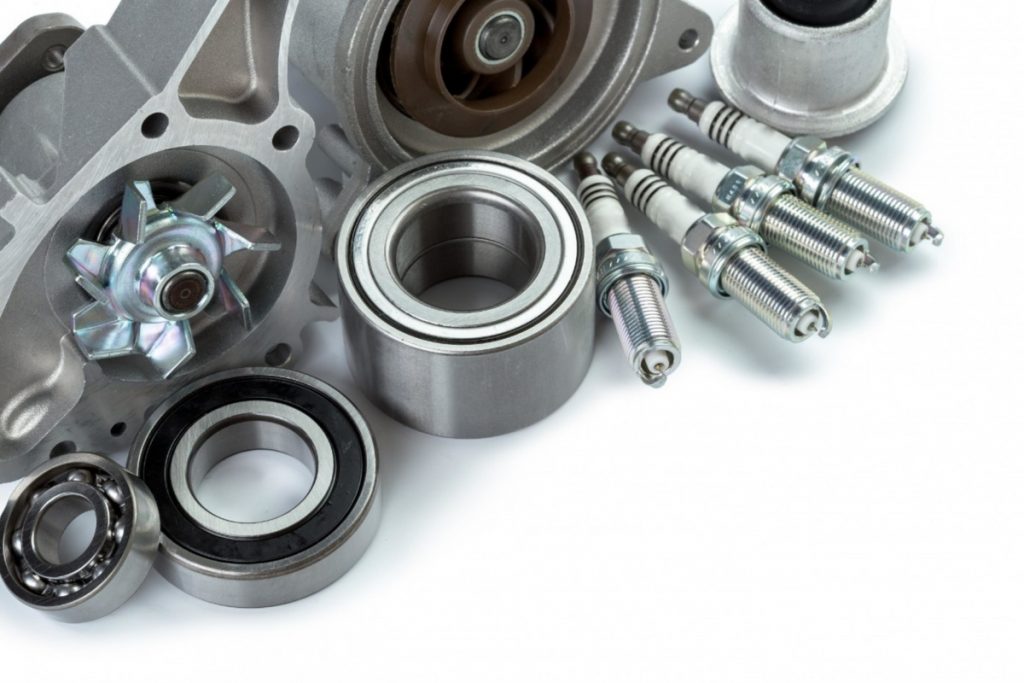The automotive industry is made up of thousands of different players, large and small, and all face their own unique challenges when it comes to the supply chain. If your business supplies goods and materials for original equipment manufacturers, keeping track of your inventory can be daunting, especially if you have clients all over the world.
Every automotive supplier is different. It’s important to know the difference between OEM vs. ODM, so you can find the right solution for your business. Use this guide to learn about the most effective supply chain solutions for OEM suppliers.
Use a Tailored Approach
There is no shortage of solutions out there for companies looking to manage their supply chains, but the trick is to find an approach that’s designed to meet your goals. Identify specific problem areas in your facility before changing the way you manage your operations. Avoid paying for services and equipment that don’t move you closer to success.
Add Value-Added Services
If your company is having trouble fulfilling orders for your OEM products, consider partnering with a third-party logistics service to lighten your load. The company can process orders, fill packages and deliver goods right to your customers while you focus on improving your products, reaching out to new manufacturers and maintaining customer relationships.
These value-added services can cut into your overhead, but they can also help you save money on shipping and storage. All you have to worry about is supplying the third party with enough inventory to fulfil orders while they do the rest of the work.
These companies often have an excellent track record when it comes to ordering accuracy and decreasing delivery times. They may have distribution centres all over the country with fast access to your target customers. Find a third-party logistics company with the tools and resources to help you reach your fulfilment goals, such as real-time GPS tracking and 24-hour client support. The account manager should give you regular updates on your progress over time.
Consider reaching out to a third-party automotive logistics provider to lighten your load as an OEM supplier.
Utilize Real-Time Demand Forecasting
Demand for OEM parts and vehicles continues to change on a dime. The COVID-19 pandemic decimated automotive sales for most of 2020, but that’s all about to change. Demand for new and used vehicles is soaring across the country as people get ready to travel after a long year of social distancing.
These kinds of sudden changes in demand can be nearly impossible to predict when you’re relying on outdated information. Going through last year’s sales history won’t help you prepare for our rapidly changing world. Your warehouse or inventory management system should help you prepare for sudden spikes and downturns using real-time data.
Incorporate changes as they occur to keep your facility on its toes. Collect as much data on the supply chain as you can to better inform your outlook. Contact your buyers, business partners and colleagues to get a sense of what’s happening on the ground. Most OEM suppliers can’t afford to wait when making changes to their business model.

Increase Visibility
Technology has its perks, but OEM suppliers shouldn’t assume everything is working as it should. If your facility uses an automated warehouse management system to track inventory, there’s still a chance the process could go awry, leading to costly delays down the line.
Automotive supplies and materials are often made up of dozens of finite components and must be safely stored and organized to ensure peak efficiency. Many of these items or supplies can go missing if they don’t end up in the right place, which makes it difficult for workers to do their jobs.
Instead of relying on automated counting, workers should also get in the habit of performing manual spot checks at the start and end of each shift. They should walk around the facility and up and down aisles to make sure everything is in its place.
To simplify the process, use a plastic pallet container to keep your inventory visible. These containers are made with thick, durable plastic to keep your inventory safe for years at a time. They also come with see-through openings on the sides, so workers can see inside without having to open the container. They can quickly glance around the room before starting their shift. Misplaced items should be returned to the proper location at the end of the day for less hassle the next day.
Invest in Stability
The automotive industry is becoming more sustainable as manufacturers invest in reusable materials and energy-efficient vehicles and products. This is also about reducing waste in the supply chain and improving efficiency at every turn. Inventory management and delivery services tend to generate a lot of waste, which then must be processed or recycled. All this takes precious time and resources away from your business.
It’s best to utilize reusable storage and shipping materials that don’t have to be replaced after every trip. Your workers can quickly unfold collapsible containers before putting them back in the rotation. This reduces the need for cardboard and disposable plastic.
Every container should be pallet-ready so workers don’t have to secure dozens of loose containers to the same pallet using shrink wrap. The crate or container should fit the dimensions of the pallet for a perfect fit every time. Workers can then use ratchet straps to attach the container to the pallet before loading it onto the vehicle without damaging the contents. This ensures safe delivery.
It’s Time to Evolve
The automotive industry continues to evolve as companies look for new ways to manage the supply chain. Use a mix of automation and physical back-ups to reduce waste and inventory damage, while increasing efficiency.





